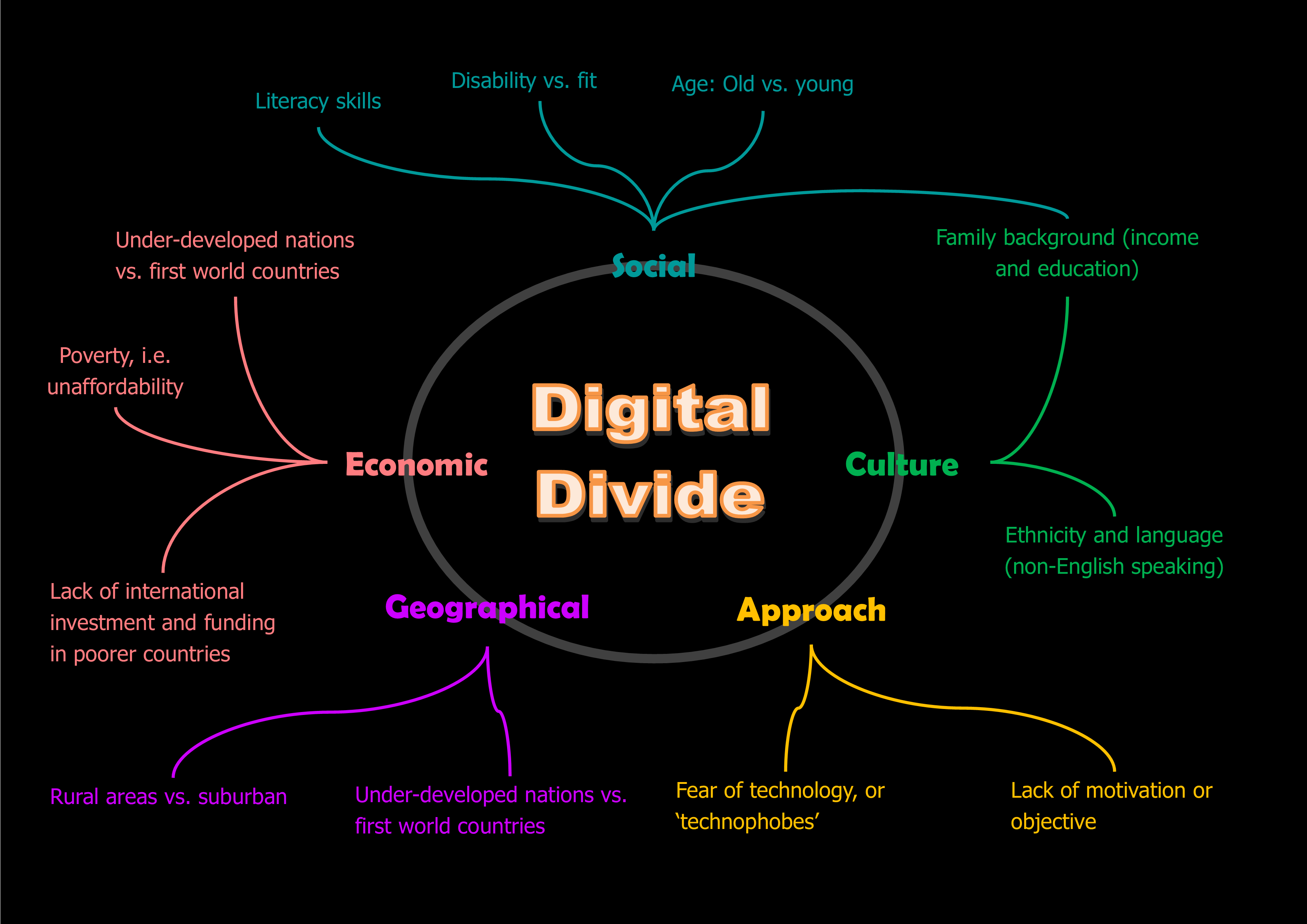 |
| (Reynolds) |
Bridging the gap in the digital divide is an essential task that libraries undertake. Library users ranging from ages 0-80+ years old and socio-economic ranges that span just as wide, libraries must make it an objective to serve all. How do they do that, a lot of work that’s how. Libraries provide computer access, wireless internet access, laptops, and some libraries even have tablets to borrow. In some libraries, users check out mobile hotspots because they do not have internet access at home (Lee King).
Individuals
with disabilities face challenges in social, economic, and educational settings
and as “Baby Boomers” age they become susceptible to diseases that affect eyesight,
joints, and cognitive functions, and numbers in this group are predicted to increase
100% by 2030 (Mates). Libraries are digitally
inclusive places, with access to digital resources, support, and skills providing
users with the latest technologies at no cost. Users who may not have had
access previously can benefit from their public library.
By: Estela Perez
No comments:
Post a Comment